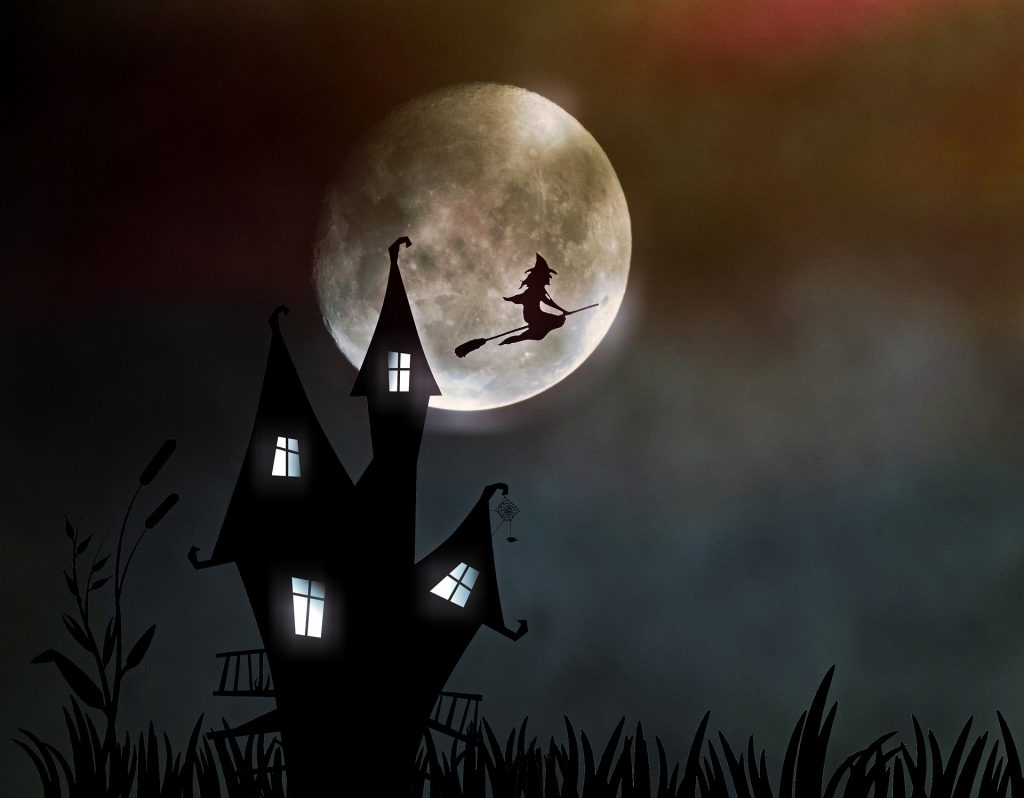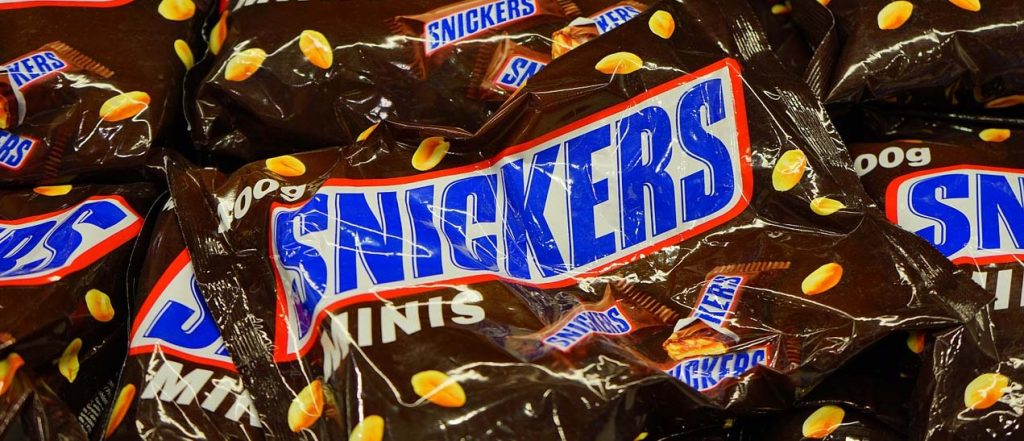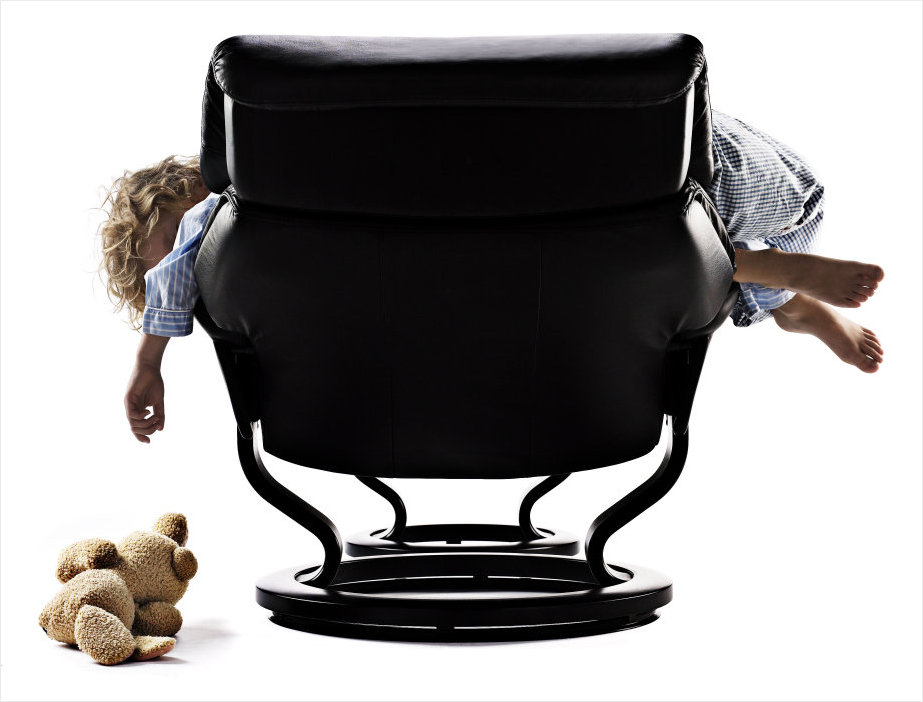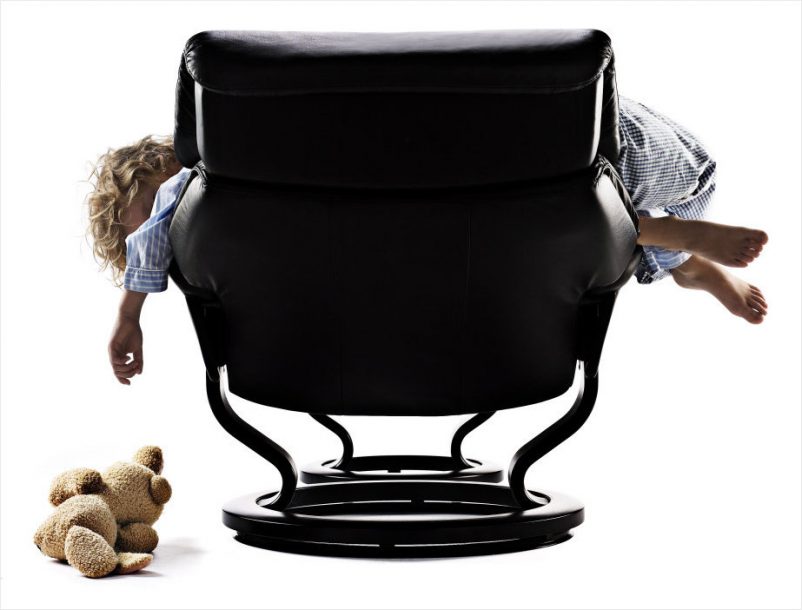
When I was young, Halloween costumes came out of the closet, discarded clothes that mom re-purposed. Then she applied a little make-up, a finishing touch. Simple. Halloween, back then, was boo-ti-full.
A ghost was an old white bed sheet with holes cut out to see. A witch was a flimsy black dress and satin cape, a straggly black wig, and a broom whose bristles were askew. A pirate was a pair of cut-off khaki pants, a torn plaid shirt, a bandana, and an eye patch.
Houses were closer together back then. Mr. Levitt designed them like that. There were rows of houses and scores of kids who poured out of the houses at dusk, gathered in groups of six to ten, and swarmed like a flock of swallows, lighting for a moment at one door then the next. Your favorite candy was always a Hershey or a Mars bar and if you were lucky, you got one of the really big kind, not the tiny, pop in your mouth kind. Stories spread quickly of who had the best candy and likewise who had the worst. Steer clear of the penny candy and the mean guy who flicked his finger with a snap in the brown paper bag we carried to pretend he was giving when really he wasn’t.
This lead to the great philosophical question on the playground the next day: Snickers or Three Musketeers. Whether it was the nuts or the name, Snickers won, but for me, it was always Three Musketeers, soft and dreamy with a dollop of creamy caramel.

Back then, Halloween lasted for days, fueled by a sugar high and spurred on by the permissive teachings of Dr. Benjamin Spock, no, not the Star Trek guy. Spock was telling American mothers, “Trust yourself. You know more than you think you do,” and we kids were hearing the message.
Back then, when I was young, we played pranks. No, not the overturned outhouse that our parents claimed they did. Our trick was the tiny brown bag with a fresh dog turd, lit on fire, left at the door step, set aflame, door bell rung, and, quick, flee into the dark. Did we really do this or was it all a big dream.
Back then, Halloween was just for kids. Parents stayed at home hoping their neighbor’s house and trees would be draped in toilet paper come All Saints Day morn. Not their own.
And we kids when we were done, took our loot to our rooms and our beds, separating the best candy in lots, gloating with brothers and sisters over who had the best. Tired as we were, we stayed up late in the night, until dad thundered, lights out!
Under the covers, head on the pillow, before we slipped into slumber we uttered one final prayer to the Lord who watches over all of us:
From ghoulies and ghosties
And long-leggedy beasties
And things that go bump in the night,
Good Lord, deliver us!

The word “Halloween” derives from All Saints’ Day. “All Hallows” comes from Old English and means “the feast of the saints.” Halloween first came into use in the 18th century as a Scottish variant of “All Hallows E’en”. Hallow meaning holy, as in the Catholic prayer to Mother Mary, “hallowed be thy name,” and with “E’en” a Scottish contraction of evening. Mussorgsky’s Night on Bald Mountain refers to St. John’s Eve, which occurs in June after the Summer Soltice, but in America it is often associated with the night before All Saints Day, or as we now call it, Halloween.

